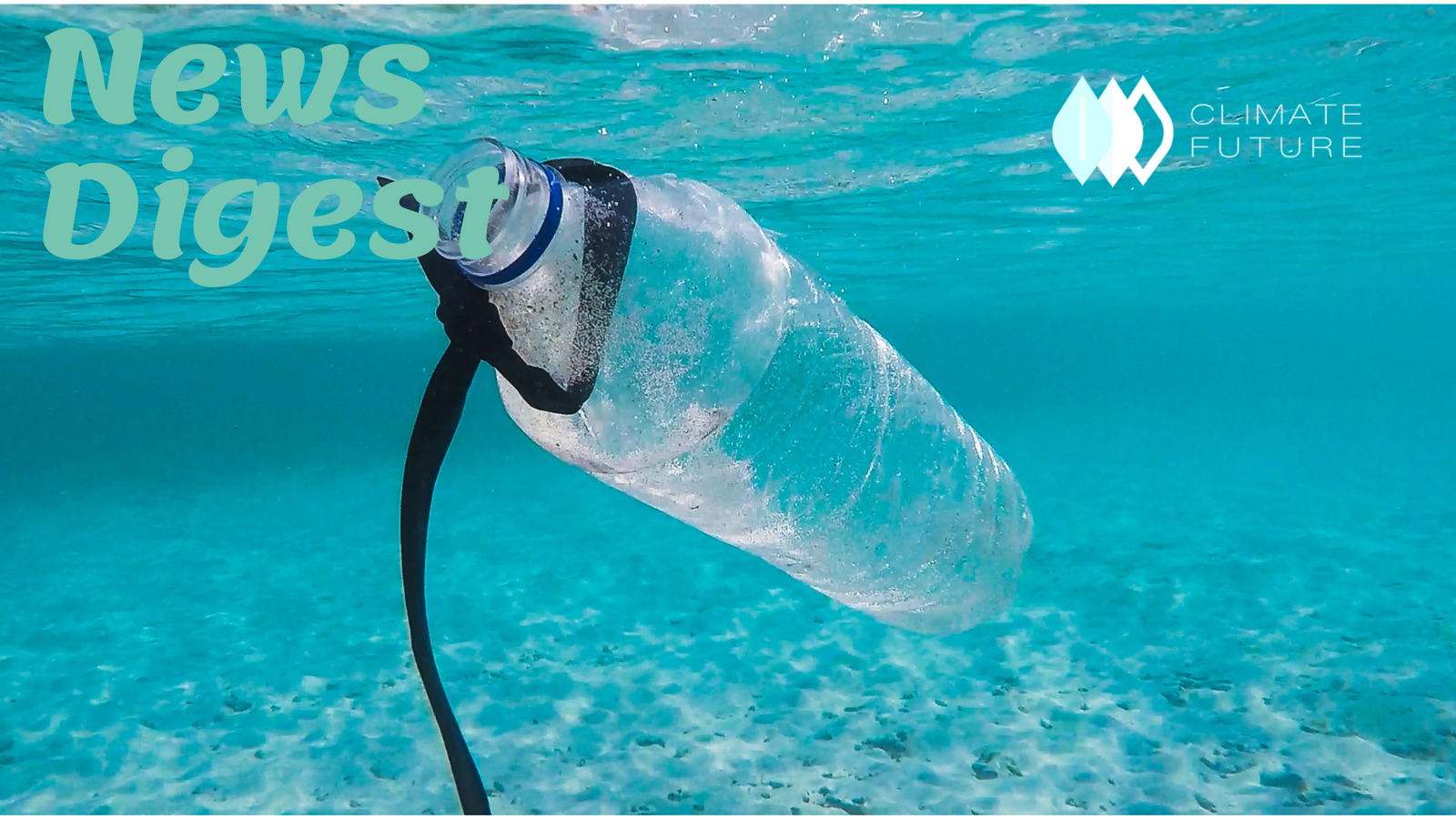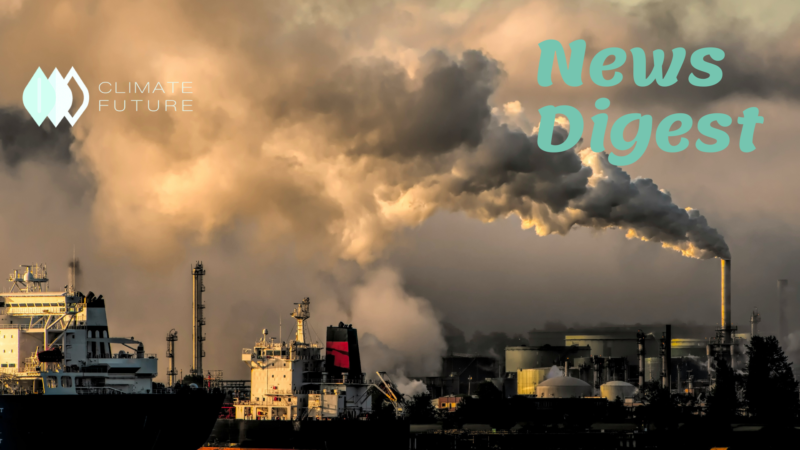Refill stores and bottle deposit schemes: Inside the UN goal to cut plastic pollution by 80% by 2040
According to a recent UN Environment Programme (UNEP) report, plastic pollution could be reduced by 80% by 2040. This ambitious goal would call for significant policy adjustments as well as the employment of already available technologies to alter how we create, consume, and dispose of plastics. UNEP stated that boosting refillable bottles, bulk dispensers, deposit-return programs, and packaging take-back programs might reduce plastic pollution by 30%. The refill shop strategy may become more popular if governments push firms to adopt these tactics. Many European nations currently operate deposit-return programs that let consumers cash out when they return products like plastic bottles for recycling. UNEP asserts that recycling has to improve its stability and profitability in addition to promoting refillable alternatives. This might be accomplished by eliminating subsidies for fossil fuels and enforcing design standards to increase product recycling. These modifications would make it simpler to recycle common plastic packaging at home and might lead to a 20–50% decrease in plastic pollution. Transitioning to a circular economy for plastic will save up to €1.8 trillion when costs and recycling income are taken into account. By 2040, the change might also generate 700,000 new jobs. Even if plastic pollution is reduced by 80%, there would still be 100 million tonnes of single-use plastic garbage produced per year. UNEP advises creating and implementing design and safety guidelines for the disposal of non-recyclable plastic trash in order to address this. Products that leak hazardous microplastics should also be the responsibility of the manufacturer.
Deforestation in the Brazilian Amazon fell by 68% in April – but will it continue?
When compared to the same month in the previous year, deforestation in the Brazilian Amazon decreased by 68% in April 2023. Since President Luiz Inácio Lula da Silva took office in January 2023, this is the first big decline. In order to combat deforestation, Lula has vowed to make Brazil a “green superpower,” and his administration has adopted a number of measures, including stepping up enforcement of environmental laws and funding sustainable development initiatives. Although the decrease in deforestation in April is encouraging, it is too soon to judge whether it represents a trend. Recent years have seen an increase in deforestation in the Amazon, therefore it is critical to keep a constant eye on the situation. Brazil’s Amazon was cleared of 1,173 square kilometers from January to April this year, down more than 40% from the 1,968 square kilometers cleaned during the same time the previous year. Deforestation, which is typically reduced at this time of year because of a lot of rain, had a considerable reduction in January 2023. It’s crucial to remember that cloud cover might alter satellite data, potentially causing measurement errors. It is too early to predict whether this decreased trend will continue since deforestation typically spikes between July and September.
G7 summit: 3 key takeaways for net zero action, nature, and the circular economy
The G7, which brings together the heads of state of the US, UK, Canada, Germany, France, Italy, Japan, and the EU, sets the tone for the future Group of 20 (G20) summit and other significant climate-related diplomatic engagements later in the year, such as COP28. The G7 summit this year produced some important results in relation to the climate situation. The G7 leaders also decided to take specific steps to preserve the environment and biodiversity while promoting circularity to lessen human effects on the environment. Materials usage and handling account for the majority (70%) of greenhouse gas (GHG) emissions. Eliminating waste and pollution will be a top concern for both industry and government. Regenerating nature and reusing items and materials will assist in reducing emissions and achieving the goals outlined in the Paris Agreement.
The agreements from the summit are:
1. More certainty on the phasing-out of fossil fuels
The strongest position yet on the phase-out of fossil fuels has been declared by world leaders, signaling a significant change from the COP27’s criticized lack of ambition. They were only able to reach an agreement during negotiations on “[accelerating] efforts towards the reduction of unabated coal power and the elimination of inefficient fossil fuel subsidies.” These pledges were made by the G7 nations, which together represent 40% of the world’s economy, 36% of its power generation capacity, 30% of its energy demand, and 25% of its carbon dioxide (CO2) emissions. These agreements, even if they fall short of all expectations, still mark a significant step forward in the global effort to phase out fossil fuels, especially if they serve as an example for other countries.
2. More commitment to renewable energy
In line with the conclusions of the International Renewable Energy Agency (IRENA), this commitment represents a significant step forward for the G7. The present rate of renewable energy deployment worldwide is insufficient, according to IRENA’s World Energy Transition Outlook 2023, to meet the target of keeping global warming to 1.5°C. The G7 leaders accepted this analysis and reaffirmed their commitment to accelerating the use of renewable energy in accordance with the course suggested by IRENA. Solar and wind power are only a small part of this commitment to sustainable energy. At a previous meeting, the G7’s ministers of the environment, energy, and climate change decided to speed up the use of “hydropower, geothermal energy, sustainable biomass, biomethane, and tidal energy, employing modern technologies.”
3. Ending plastic pollution
Plastics not only pose serious threats to human health, terrestrial and marine ecosystems, and global greenhouse gas (GHG) emissions, but they also play a significant role in these emissions. 90% of the 1.8 billion tonnes of GHG emissions produced by plastics in 2019, which amounted to 3.4% of global emissions, were produced and converted from fossil fuels. According to projections, plastics might potentially account for 13% of the remaining carbon budget by 2050 in terms of GHG emissions. The G7 has highlighted a number of initiatives to solve this problem, such as addressing single-use plastics, non-recyclable plastics, and plastics with dangerous chemicals. When possible, these activities include phasing out products, lowering production and consumption, internalizing the costs of plastic pollution, and addressing the origins, pathways, and effects of microplastics. In order to put these measures into effect, the G7 wants to actively involve partners and stakeholders. The amount of plastic garbage generated globally has doubled over the past 20 years, but only 9% of it is actually recycled. By 2040, the United Nations projects that the amount of plastic entering the oceans would have almost tripled.
Mitigating climate change through the restoration of coastal ecosystems
More greenhouse gases, such as carbon dioxide, than are needed in the atmosphere are what lead to climate change. In addition to offering a number of advantages to coastal communities, restoring coastal ecosystems can aid in the removal of carbon from the atmosphere. Coastal ecosystems naturally remove carbon dioxide from the atmosphere, but several human actions have caused them to deteriorate or even disappear. By increasing the number of mangroves and seagrasses, caring for them, and defending the ecosystem as a whole, it is possible to improve ecosystem function and increase atmospheric carbon sequestration. The effectiveness of rebuilding coastal habitats for inorganic carbon capture has been investigated using a numerical model developed by researchers. The model explicitly examines the potential gains from restored mangrove or seagrass ecosystems and their effects on the cycling of organic and inorganic carbon. It also accounts for the consequences of other greenhouse gases, like methane, which can occasionally be produced during the restoration of mangrove and seagrass ecosystems.
References
https://phys.org/news/2023-05-mitigating-climate-coastal-ecosystems.html



